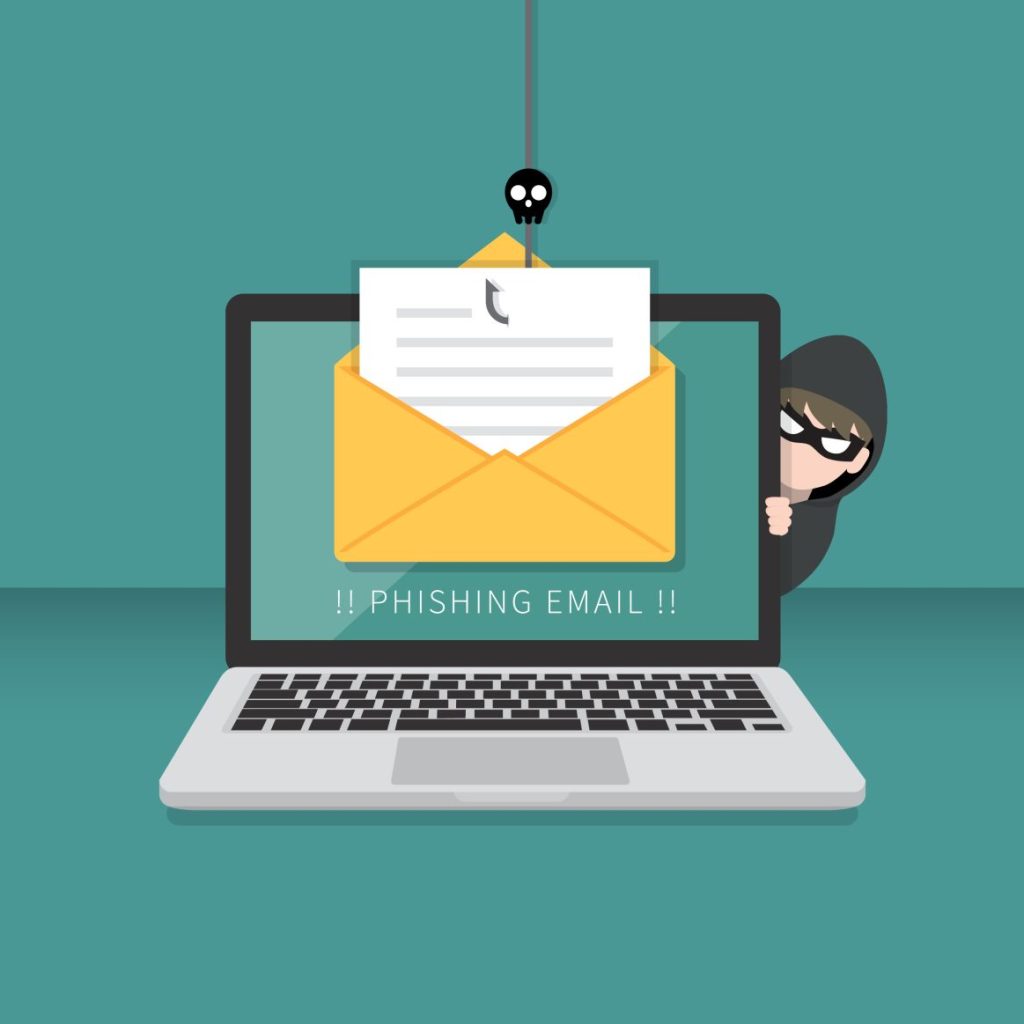Phishing emails remain one of the most common tactics cybercriminals use to deceive unsuspecting victims. These fraudulent messages often impersonate trusted organizations or individuals to steal sensitive information like passwords, credit card details, or personal data. Recognizing a phishing email is critical to protecting yourself online. Here are five key indicators to help you identify and avoid falling prey to a phishing attempt:

1. Suspicious Sender Address
The sender’s email address is often the first red flag. While the email might claim to be from a reputable company, the actual address may not match.
Phishers often use email addresses that look similar but contain slight misspellings or additional characters.
For example, instead of support@amazon.com, you might see support@amazon.com or support@amazon-service.com.
Tip: Always verify the sender’s email address carefully.
If something feels off, contact the company directly using their official website or phone number.
2. Generic Greetings
Phishing emails often use generic greetings like “Dear Customer” or “Hello,” instead of addressing you by name. Legitimate companies typically personalize their emails if you’re an existing customer. The lack of personalization is a sign that the email could be part of a mass phishing campaign.
Tip: If the email lacks personal details and comes from an unknown source, proceed with caution.
3. Urgent or Threatening Language
Scammers thrive on creating a sense of urgency or fear. Phrases like “Your account will be suspended unless you act now” or “You’ve been charged; confirm your details to dispute” are common tactics to pressure you into taking immediate action. This urgency is designed to bypass your critical thinking.
Tip: Take a step back and evaluate the message. Legitimate organizations rarely require immediate action via email and typically provide ample time for resolving issues.
4. Links That Don’t Match
Hover over any links in the email without clicking them. In phishing emails, the link text often doesn’t match the actual URL it directs you to. For instance, a link might claim to take you to www.bank.com but actually redirects to www.fake-bank-login.com.
Tip: Instead of clicking on email links, navigate to the official website by typing the URL directly into your browser.
5. Attachments or Requests for Sensitive Information
Phishing emails often include malicious attachments or ask for sensitive information like passwords, credit card numbers, or social security numbers. No legitimate organization will ask for such details over email.
Tip: Avoid downloading unexpected attachments or providing sensitive information. If you suspect the email is legitimate but need clarification, contact the organization directly through official channels.
Conclusion
Phishing emails are increasingly sophisticated, but by staying vigilant and following these tips, you can reduce the risk of falling victim.
Always trust your instincts—if something feels off, it’s better to err on the side of caution. When in doubt, verify the email’s authenticity independently. By remaining informed and cautious, you can keep your personal and financial information secure.
To defend yourself against phishing make sure your security posture is optimized, security alerts are tracked and closed down, and cybersecurity checklists are run on a regular basis.
For more information contact: info@tbsc.cloud